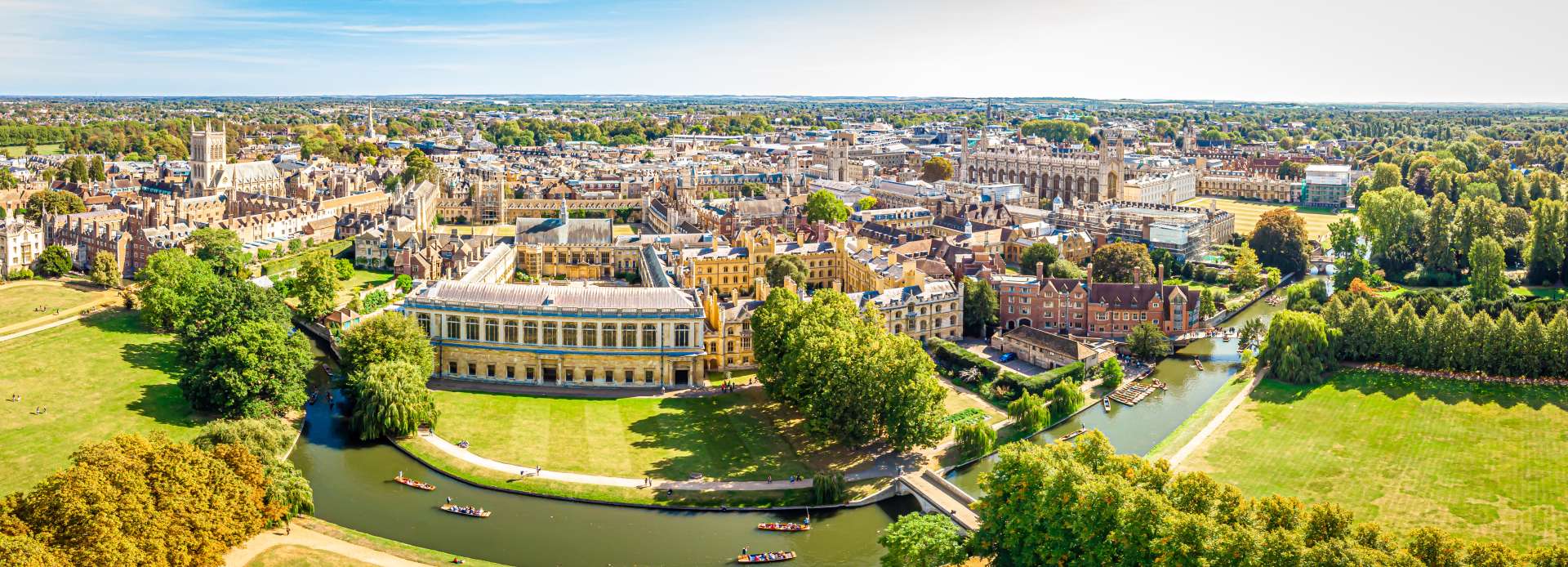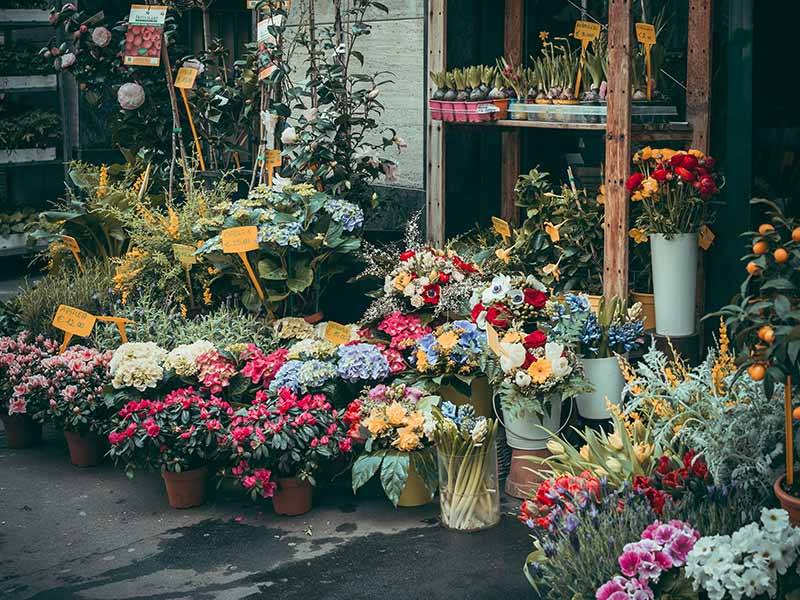
Banqueting House: Royal Splendour in Whitehall
Step Beneath the Glorious Ceiling of a Royal Masterpiece Whitehall, London SW1A 2ER
Specification
Visit Banqueting House Whitehall London
Want to walk through the last surviving piece of a vanished royal palace? The Banqueting House in Whitehall, London, is the only remaining part of Henry VIII’s great Palace of Whitehall. Inside, its soaring hall and magnificent ceiling paintings make it one of the finest examples of Renaissance architecture in England.
Once used for royal ceremonies, lavish entertainments, and even a king’s execution, it’s a place where history and art meet in spectacular style.
A Glorious Survivor of Whitehall Palace
The original Palace of Whitehall was the main royal residence from 1530 until 1698, when it was destroyed by fire. The Banqueting House, completed in 1622, survived and stands today as a monument to Stuart ambition and artistic genius.
Designed by Inigo Jones for King James I, the building introduced classical architecture to Britain on a grand scale. Its clean lines, tall windows, and symmetrical proportions reflected the ideals of the Italian Renaissance — a radical departure from the Tudor Gothic style that came before.
The Rubens Ceiling
The highlight of any visit is the magnificent ceiling painted by Sir Peter Paul Rubens in 1636. Commissioned by King Charles I, the nine vast panels celebrate the divine right of kings and the union of peace and monarchy.
Look up, and you’ll see angels, allegorical figures, and dazzling colour filling every inch of the ceiling — all designed to glorify the Stuart dynasty. The paintings are among the few works by Rubens still in their original location.
To help visitors take it all in, mirrors and padded benches are provided. You can recline and admire the artwork just as 17th-century courtiers once did.
A Stage for Royal Power
The Banqueting House was built for royal masques — elaborate performances combining theatre, music, and dance. These spectacles, written by Ben Jonson and staged by Inigo Jones, blended art and propaganda to promote royal authority.
However, the building is also known for a darker event in British history. In 1649, King Charles I was executed just outside on a scaffold built against one of its windows. Visitors can stand where it happened and reflect on how the ideals celebrated inside met their tragic end outside.
Architecture and Atmosphere
Every part of the Banqueting House reflects harmony and order. The grand hall’s massive Corinthian columns, white stone walls, and gilded details create a luminous space that feels both regal and calm.
Audio guides explain the building’s design and history, while informative panels reveal how it once fit into the vast palace complex that stretched from Whitehall to St James’s Park.
Things to Do Nearby
Because of its central location, it’s easy to combine your visit with nearby landmarks:
Horse Guards Parade – Changing of the Guard and military history displays.
Downing Street – The seat of the British Prime Minister.
St James’s Park – Beautiful royal park with lake views.
The Churchill War Rooms – Explore Britain’s WWII command centre.
The National Gallery – Home to masterpieces from every era.
Plan Your Visit
Managed by: Historic Royal Palaces
Entry: Paid admission; online booking recommended.
Location: Whitehall, London SW1A 2ER.
Transport: Nearest stations – Westminster or Charing Cross.
Opening Hours: Check Historic Royal Palaces website for times.
Facilities: Gift shop, restrooms, and accessible entrance.
Guided tours, talks, and special events run throughout the year.
For more information, please visit Official Banqueting House page on Historic Royal Palaces
Why Visit Banqueting House?
The Banqueting House Whitehall offers a rare glimpse into the world of Stuart royalty — where politics, art, and performance intertwined. Its beauty lies not only in Rubens’ ceiling but in the harmony of its design and the drama of its past.
Whether you’re an architecture lover, art enthusiast, or history explorer, this is one of London’s most inspiring royal landmarks.
Step into elegance, look up in awe, and experience the splendour of Banqueting House Whitehall.


No Reviews